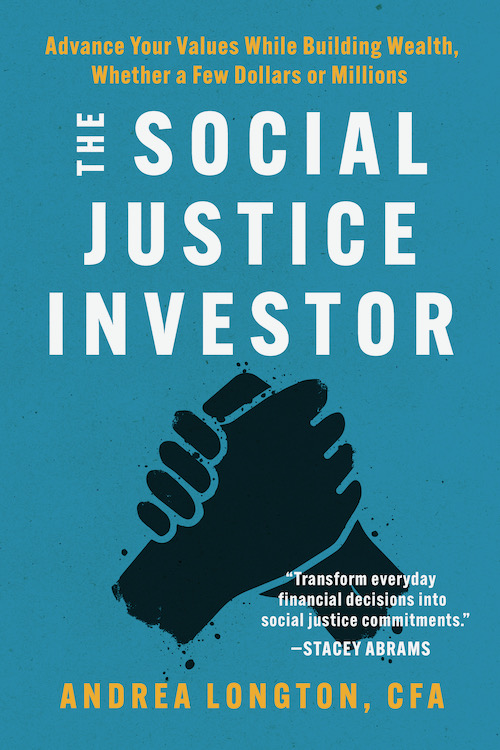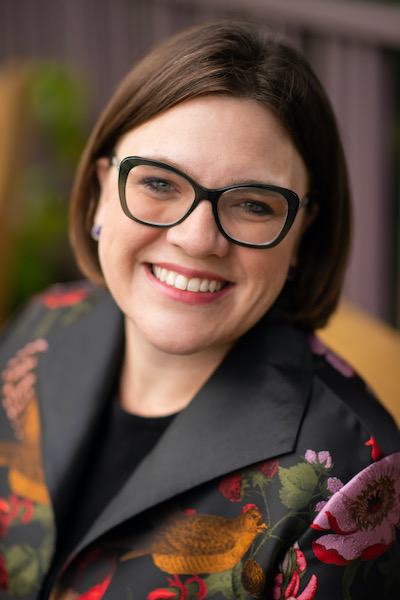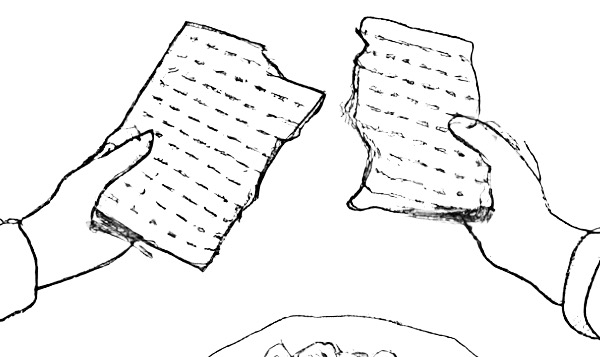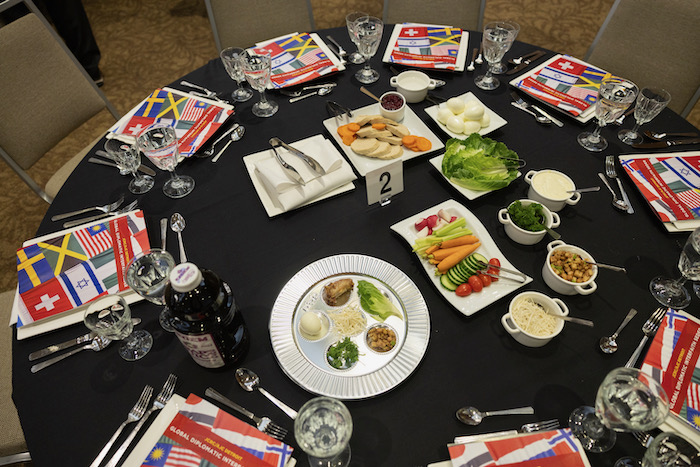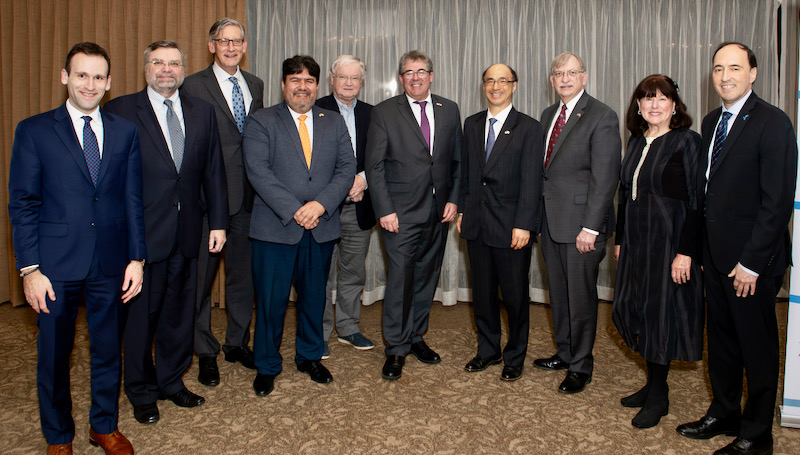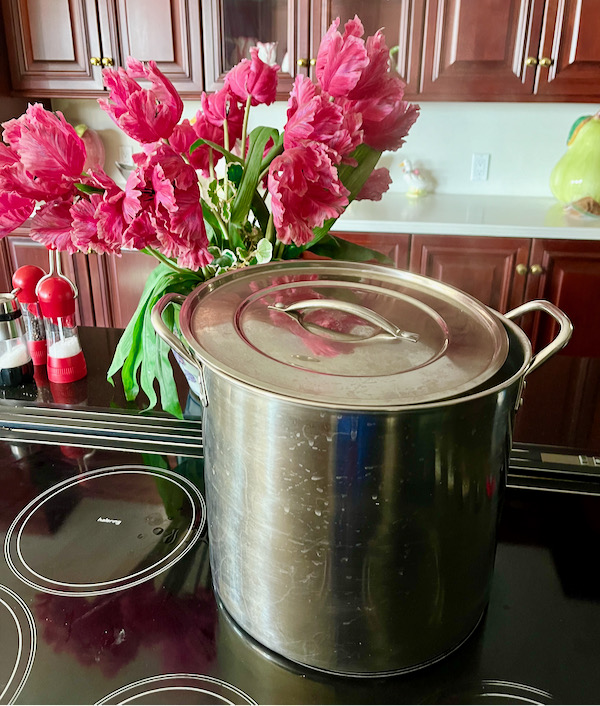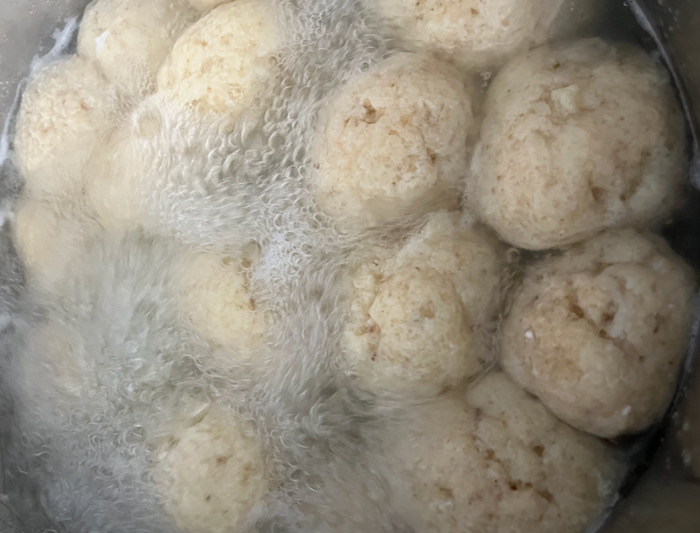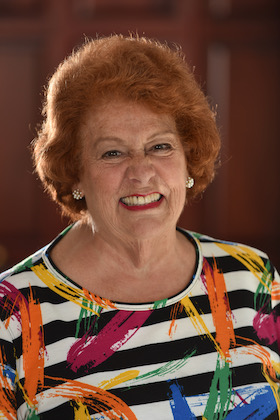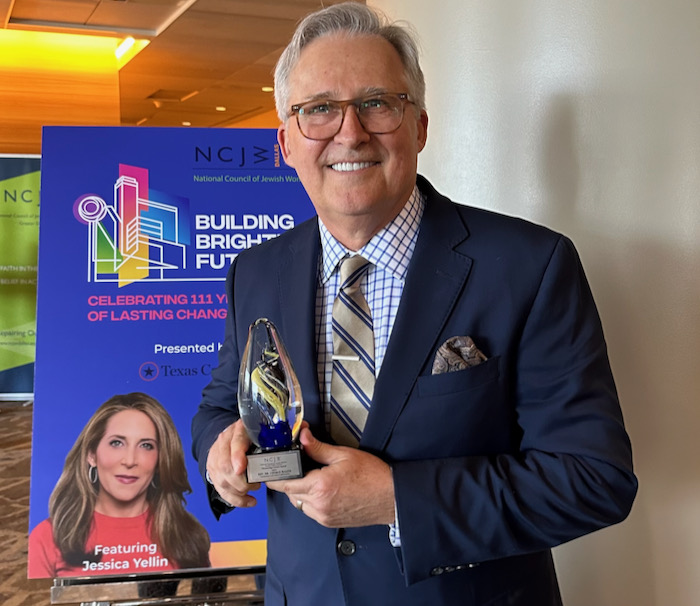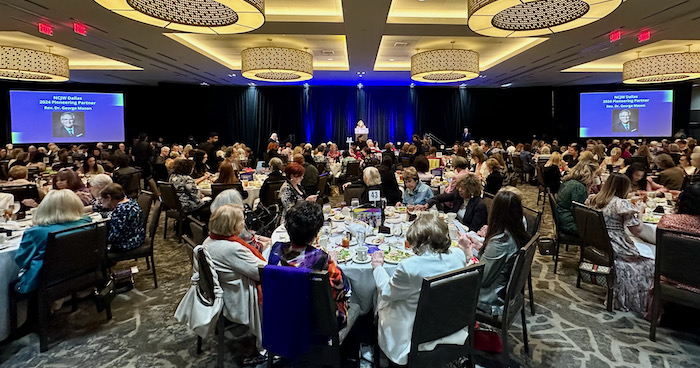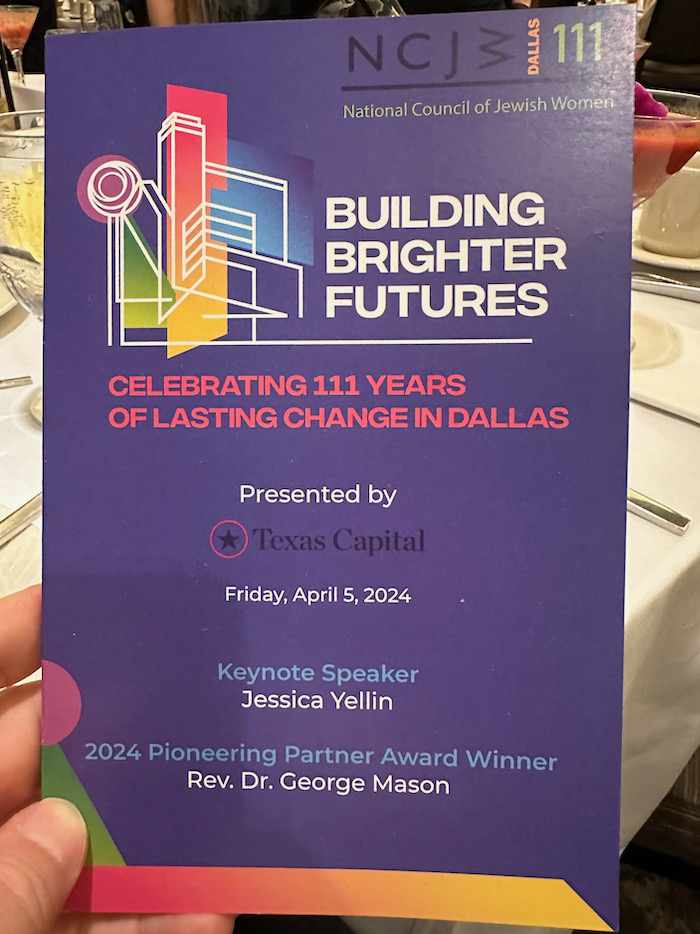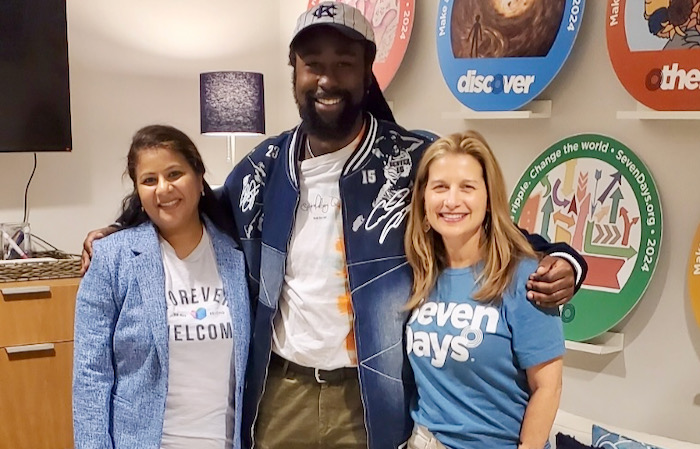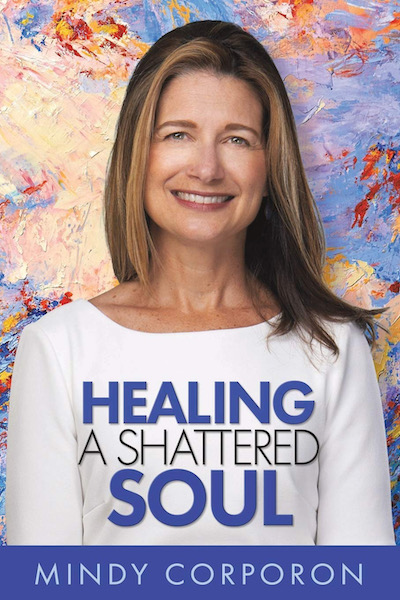EDITOR’s NOTE: This week, we are publishing two stories to introduce an important voice in the national conversation about Social Justice Investing: Andrea Longton—a nationally respected expert in this growing field of finance that encourages people to exercise their spiritual and ethical values while investing their money. This is such an important area of interest for our long-time ReadTheSpirit readers that we providing two perspectives on Andrea’s work:
In this story, below, we asked financial expert and author Jonathan Grimm to provide his persective on Andrea’s new book.
By JONATHAN GRIMM
Author of The Future Poor
(coming from ReadTheSpirit Books)
.
The Social Justice Investor, by Andrea Longton, is an important introduction to the world of doing good with your investments while building wealth.
Yes—you can do both!
These used to be seen as mutually exclusive endeavors, building wealth and doing good with your money, but that is not the case anymore for this generation of investors.
Many turned to ESG (environmental, social and governance) funds, which have served as a placeholder for ethical investing. But there has been an unwinding of these funds by most major investment firms over the past year. This is due in part to the increased politicization of ESG and profitability has not always been there. When a fund doesn’t perform it becomes one of the over 400-plus funds that close in a given year.
Their goal is to make money, right?
It would seem that way, but if we don’t have an easy “boxed” solution for what so many investors want that actually works, where do we go?
Michael Lewis, one of my favorite financial writers, had this helpful insight in his book Moneyball. “What begins as a failure of imagination ends as a market inefficiency. When you rule out a class of people to do a job because of their appearance you are less likely to find the best person for the job.”
For social justice investing we need our imaginations! We must think outside the box! That is what we are exposed to in Andrea’s new book. What she shows us, over and over again, is that those who do find creative solutions, and make it happen, change the world for the better.
As an Investment Advisor myself I’m recommending this book because far too often conversations about money revolve around potential risks and rewards for ourselves and our clients. One of the most eye-opening reasons to read Longton’s new book is to come away realizing:
“Getting rich is not the only way to think about investing. And—wow! A growing number of people actually are doing this. They’re taking seriously their values of goodness, compassion, justice and a general concern for the world’s welfare in deciding where to put their money to work.”
That certainly struck me as I read her book. I thought: I want to recommend this to people as a wonderful way to learn about other people trying to do this—and the nuts and bolts of how they’re actually doing it. The book is not only inspiring; it’s a “how to” manual as well.
It may put Wall Street and the old investment advisors on their heels. They’d be wise to pick up this book and prepare for the new way people are wanting to invest. I certainly am recommending it to my colleagues.
We want to be happy with growth and the way we got it. This is refreshing and has left professionals like me having to figure this out—and there aren’t a lot of resources out there.
Perhaps it is time to start to shrug off some of the old “wisdom” and adopt more socially conscious approaches to finance as Longton writes, “Wall Street culture isn’t working for us.”
Far too often we have been narrow minded in looking at returns. 12% is better than 10% which is better than 8%. But today’s investor sees this as only one variable important to investment returns.
Today’s generation of investor says the following and perhaps you are too:
“I want my investment growth to improve the lives of others.”
“I want my investments to be in something that helps the environment.”
“I want my investment to further break down barriers across gender, race or class.”
There is helpful language throughout this book that you can use as you start investing—and language you can use with your financial advisor about how to begin.
What I have come to realize is that just as there are fees and taxes on an investment that reduce its overall effectiveness, the social justice aspects of our investing carry “taxes.”
Today’s investor sees a tax on their return if the 10% growth created a larger carbon footprint. It may not show up on a balance sheet but it certainly shows up in the human calculation we are running inside.
Similarly, investors place non-dollar premiums on the investments that do social good and align with their values. We each weigh that value differently but a 6% return with a premium-added-value of affordable housing or financing for those who do not pass the institutional “eye-test” is of significant value. Sometimes, it even generates greater actual returns!
You and I have particular social issues that would give us the greatest premium return on top of our investment growth and I encourage you to seek out those opportunities.
It isn’t simply on the individual level. I have been part of projects that raise over a quarter million dollars in a day from a local community in order to directly serve the foster care system.
I can tell you firsthand, that is investing magic! If you are unsure, give it a try and see how you feel.
As someone who has an educational background in ethics and philosophy and currently works as an Investment Advisor, I rarely see these two worlds come together and it is refreshing when they do. Often projects lean to the ethics side without real-world financial solutions. Or, there can be a disconnect between the professional financial advice offered and the experiences and needs of those to whom it is offered.
This has been a focus of mine for the past four years as I am working on a book, like Longton’s, that is focused on bringing these two important realms closer together. While The Social Justice Investor looks at ways to use our investments for social good, my upcoming book is focused on how we keep the current generation off a path of future poverty in retirement. In many ways, these are topics that link arms and walk together in the continued fight for the dual effort of good finance and social justice for all.
I am grateful for this important contribution to the national conversation and hope to continue to work with Andrea and others as these concerns expand.
